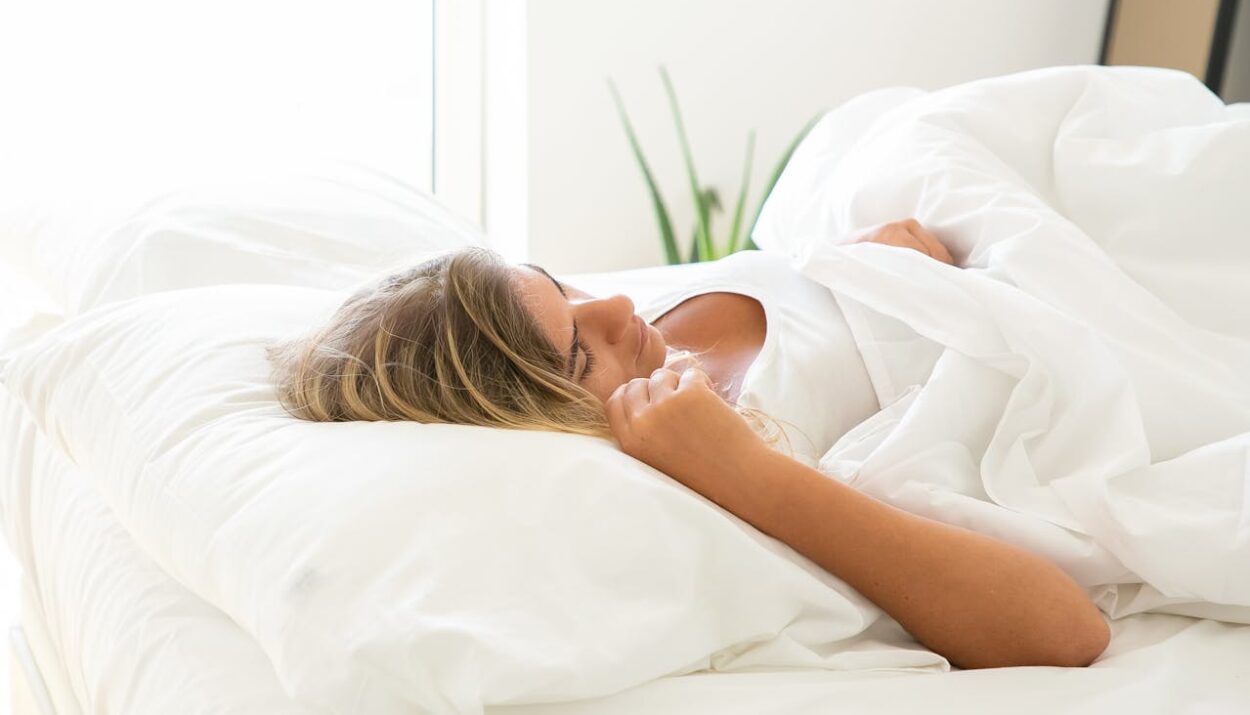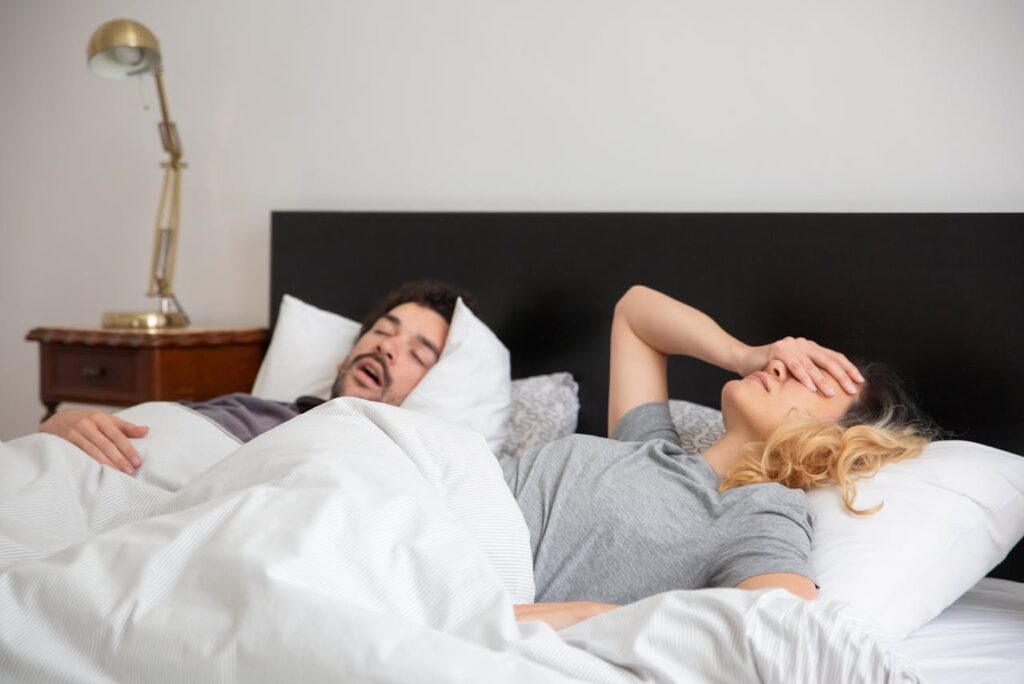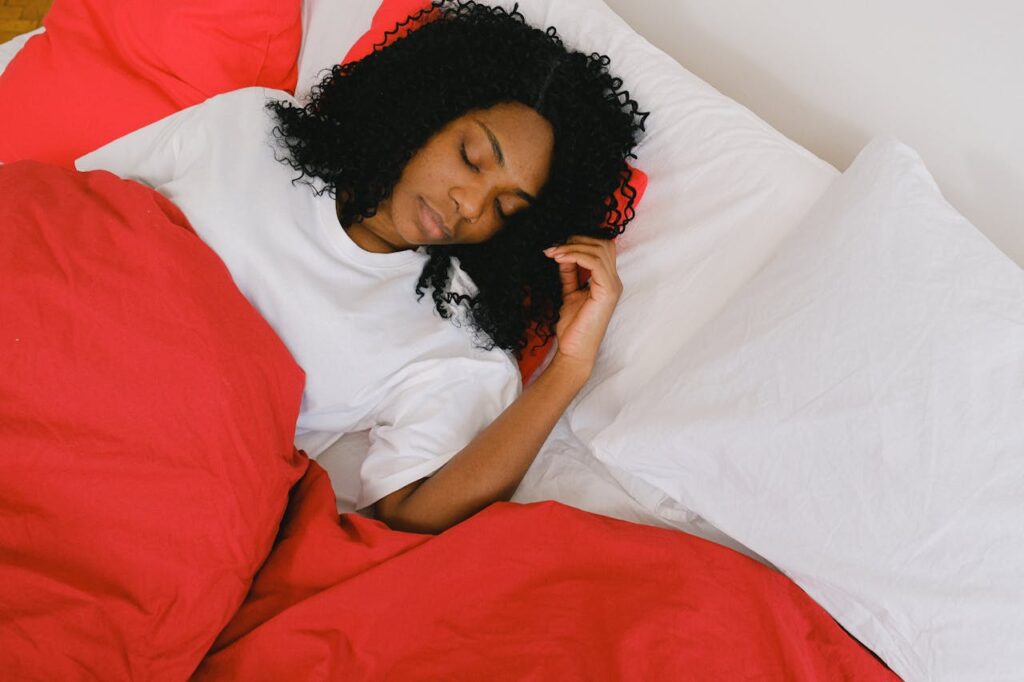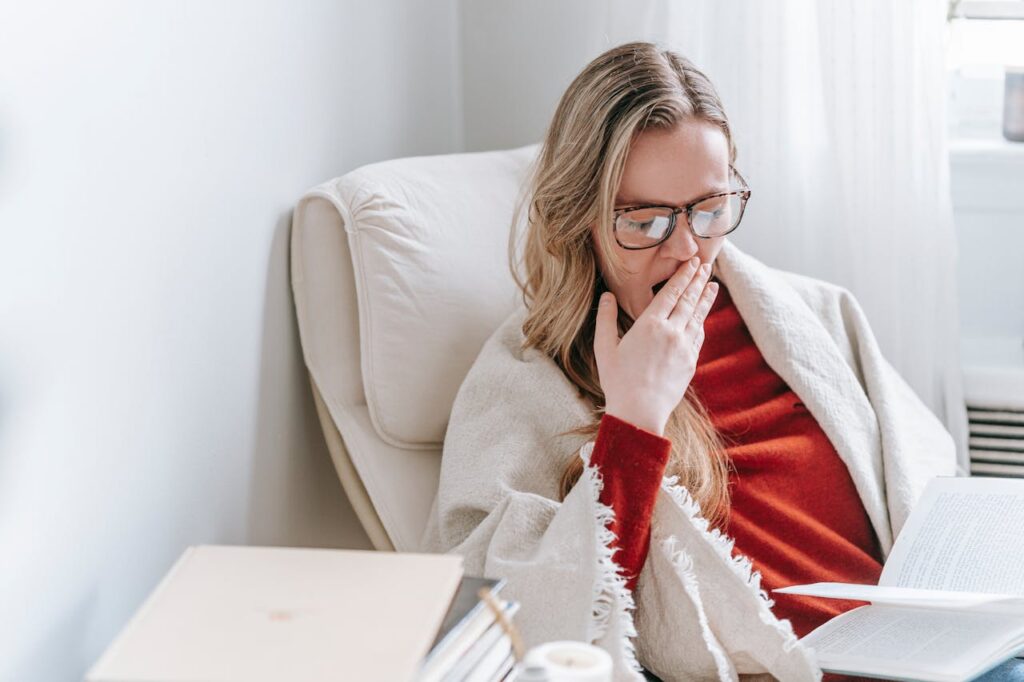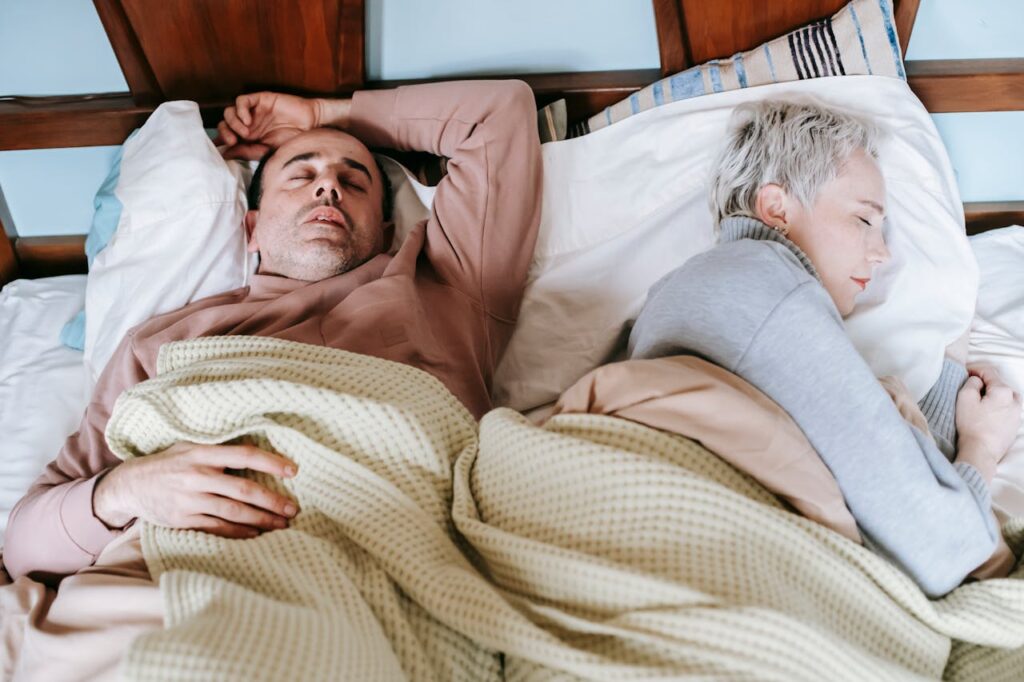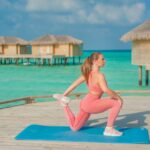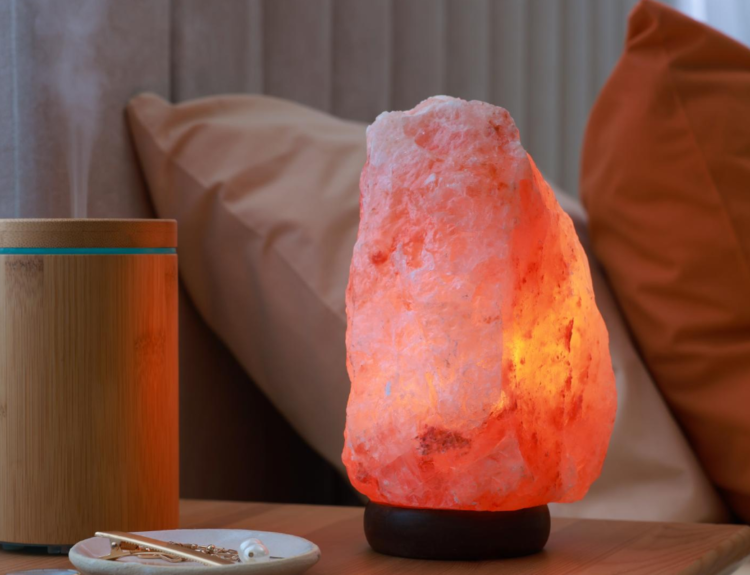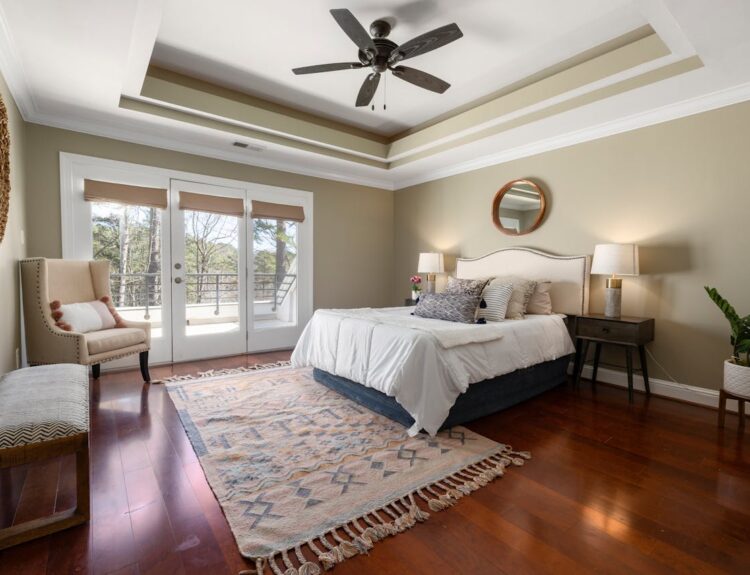“Can I have sleep apnea without snoring?” This question might surprise many, as snoring is often considered the hallmark symptom of sleep apnea. However, sleep apnea can exist without the telltale sound of snoring, and its hidden symptoms can still have profound health implications. This article delves into these subtle signs to help you take proactive steps toward diagnosis and treatment. Join us as we explore the less obvious manifestations of sleep apnea and what they mean for your overall health.
Can I have sleep apnea without snoring? Learn about hidden symptoms, risk factors, and essential steps for diagnosis and treatment!
In this article:
- What is Sleep Apnea?
- Can I Have Sleep Apnea Without Snoring?
- Hidden Symptoms of Sleep Apnea
- Risk Factors for Sleep Apnea
- Diagnosing Sleep Apnea Without Snoring
- Treatment Options for Sleep Apnea
WHAT IS SLEEP APNEA?
Sleep apnea is a frequently encountered sleep-related disorder marked by disruptions in standard breathing patterns during sleep. These pauses in breathing, referred to as apneas, may occur multiple times throughout the night and last from a few seconds to minutes. There are three types of this sleep disorder:
- Obstructive sleep apnea (OSA)
- Central sleep apnea (CSA)
- Complex Sleep Apnea Syndrome (Mixed Sleep Apnea)
In obstructive sleep apnea, the air passage is partially or fully obstructed during sleep, leading to breathing difficulties. This obstruction typically arises from the relaxation of throat muscles, causing the soft tissues to collapse and obstruct the airway.
Central sleep apnea (CSA) occurs when the brain fails to signal appropriately to the muscles responsible for controlling breathing. In contrast to OSA, CSA does not involve a physical blockage in the airway. Instead, it occurs when the body momentarily ceases its efforts to breathe.
Complex sleep apnea syndrome (CompSAS) combines OSA and CSA, also known as treatment-emergent central sleep apnea. People with this type initially have OSA but develop CSA during treatment with continuous positive airway pressure (CPAP) therapy.
Typical indications of sleep apnea include loud snoring, gasping for air during sleep, persistent daytime fatigue, morning headaches, and difficulty concentrating.
Without proper treatment, sleep apnea may lead to serious health complications (high blood pressure, diabetes, heart disease, stroke). Therefore, timely diagnosis and suitable treatment are crucial for effectively managing sleep apnea and improving overall health and quality of life.
CAN I HAVE SLEEP APNEA WITHOUT SNORING?
People commonly associate sleep apnea with snoring, but not everyone with sleep apnea snores. While snoring is a prevalent indication of obstructive sleep apnea (OSA), where the airway experiences partial or complete obstruction during sleep, it is not always present in cases of sleep apnea. Similarly, central sleep apnea (CSA), characterized by inadequate brain signaling to the breathing muscles, may manifest without snoring.
Individuals with sleep apnea who do not snore may experience other symptoms such as daytime fatigue, morning headaches, difficulty concentrating, or observed episodes of breathing cessation during sleep. These symptoms can often go unnoticed or prompt attribution to other causes, leading to underdiagnosis or delayed treatment of sleep apnea.
Age, gender, body weight, and underlying health conditions can influence whether a person with sleep apnea will snore. For example, individuals with CSA or mild forms of OSA may be less likely to snore than those with severe OSA.
It is essential to recognize that the absence of snoring does not rule out the possibility of sleep apnea. If you experience symptoms suggestive of sleep apnea, like daytime sleepiness or difficulty breathing during sleep, it would be best to consult a healthcare professional for evaluation and diagnosis.
HIDDEN SYMPTOMS OF SLEEP APNEA
Individuals with sleep apnea who do not snore may experience other less obvious symptoms that often go unnoticed but are equally indicative of the condition.
One hidden symptom of sleep apnea without snoring is excessive daytime sleepiness. This persistent feeling of tiredness during waking hours can significantly impair daily functioning, affecting work, social activities, and overall quality of life.
Morning headaches are another common hidden symptom of sleep apnea without snoring. These headaches typically occur upon waking and may be accompanied by sensations of exhaustion and irritability. The exact mechanism behind morning headaches in sleep apnea is not fully understood. It may be related to changes in oxygen levels and blood flow during sleep disruptions.
Difficulty concentrating is also a prevalent hidden symptom of sleep apnea. Cognitive impairments (forgetfulness, difficulty focusing, poor memory recall) can significantly impact daily tasks and activities. Staying focused during meetings, conversations, or tasks demanding mental acuity may pose a challenge for individuals experiencing these symptoms.
Furthermore, observed episodes of breathing cessation during sleep, known as apneas, can be a hidden symptom of sleep apnea without snoring. Although the individual may not be aware of these pauses in breathing, a bed partner or family member may notice them and raise concerns about their breathing patterns during sleep.
If you experience these symptoms, seeking a healthcare professional’s sleep apnea evaluation is vital.
RISK FACTORS FOR SLEEP APNEA
Understanding the risk factors for non-snoring sleep apnea can help identify and manage this condition more effectively.
One significant risk factor for non-snoring sleep apnea is obesity. Excess body weight, particularly around the neck, may narrow the airway and increase the likelihood of airway collapse during sleep. However, individuals with average weight can also develop sleep apnea, particularly central sleep apnea (CSA), where the issue lies in the brain’s signaling to the breathing muscles rather than a physical blockage.
Age is another critical factor. As people age, the likelihood of developing sleep apnea increases. This increase may be due to the loss of muscle tone in the throat and changes in brain function that affect breathing regulation. This age-related risk applies to both obstructive sleep apnea (OSA) and CSA. However, older adults may present more frequently with CSA without snoring.
Gender also plays a role. While men are generally at higher risk for sleep apnea, women’s risk increases significantly after menopause. Hormonal changes can affect the airway and breathing patterns, making postmenopausal women more susceptible to non-snoring sleep apnea.
Genetics and family history may predispose individuals to sleep apnea. Structural characteristics such as a narrow airway, large tonsils, or a small jaw can be inherited, increasing the risk of sleep apnea without snoring.
Certain medical conditions, including congestive heart failure, stroke, and neuromuscular disorders, are associated with a higher risk of CSA. These conditions affect the brain’s ability to regulate breathing properly, often without the presence of snoring.
Recognizing these risk factors can help in the early detection and treatment of sleep apnea, even in the absence of snoring.
DIAGNOSING SLEEP APNEA WITHOUT SNORING
Diagnosing sleep apnea without snoring can be challenging, as snoring is often considered a vital indicator of the condition. However, several methods and considerations can help accurately identify sleep apnea, even without snoring.
Firstly, a comprehensive medical history and symptom review are essential. Healthcare providers will look for other common symptoms of sleep apnea, like excessive daytime sleepiness, morning headaches, difficulty concentrating, and observed episodes of breathing cessation during sleep. These symptoms can provide crucial clues, especially when snoring is not present.
Polysomnography, commonly known as a sleep study, is the most reliable method for diagnosing this sleep disorder. This overnight test measures various physiological parameters, including brain activity, eye movements, heart rate, breathing patterns, blood oxygen levels, and body movements. A sleep study can detect apneas (pauses in breathing) and hypopneas (shallow breathing) during sleep. It confirms the presence of sleep apnea, regardless of whether the individual snores.
Home Sleep Apnea Tests (HSAT) are another diagnostic option. These tests are less comprehensive than polysomnography but can still provide valuable information about breathing patterns and oxygen levels during sleep. You can conveniently do HSATs in the comfort of your home. However, they might be less effective in diagnosing central sleep apnea (CSA) or milder obstructive sleep apnea (OSA) cases. Devices like the EMAY Sleep Oxygen Monitor, which tracks oxygen levels and pulse rate overnight, can offer additional insights, though they don’t replace a formal sleep study.
Doctors may sometimes need to perform additional tests to identify the cause of sleep apnea, particularly for CSA. A thorough evaluation by a sleep specialist ensures a diagnosis and an appropriate treatment plan.
TREATMENT OPTIONS FOR SLEEP APNEA
Treating sleep apnea without snoring focuses on alleviating symptoms, enhancing sleep quality, and reducing associated health risks. Here are some standard treatment options:
- Lifestyle Changes: Lifestyle modifications are crucial in managing sleep apnea. Weight loss, regular exercise, avoiding alcohol and sedatives before bedtime, and sleeping on the side rather than on the back can help reduce symptoms and improve sleep quality.
- Continuous Positive Airway Pressure (CPAP) Therapy: CPAP is the primary treatment for sleep apnea, regardless of snoring. CPAP requires wearing a mask linked to a machine that delivers a constant airflow to maintain an open airway during sleep. It prevents apneas and ensures uninterrupted breathing throughout the night. While CPAP is highly effective, some individuals may find it uncomfortable or challenging to adhere to long-term.
- Bilevel Positive Airway Pressure (BiPAP) Therapy: BiPAP provides different pressure levels for inhalation and exhalation. Doctors may recommend BiPAP for individuals who cannot tolerate CPAP or require higher pressure settings.
- Oral Appliances: Mandibular Advancement Devices (MADs) or Tongue-Retaining Devices (TRDs) can help alleviate mild to moderate obstructive sleep apnea by repositioning the tongue or jaw to keep the airway open during sleep. These devices are custom-fitted by a dentist and can be an alternative for those who cannot tolerate CPAP.
- Surgical Interventions: Doctors may consider surgical interventions to address anatomical issues contributing to sleep apnea, such as enlarged tonsils, a deviated septum, or excess tissue in the throat.
If you suspect you have sleep apnea or another sleep disorder, it’s crucial to consult your doctor promptly to start the appropriate treatment as soon as possible.
_____
“Can I have sleep apnea without snoring?” The answer is definitely yes. Sleep apnea can manifest without the hallmark symptom of snoring, presenting instead through more subtle signs like excessive daytime sleepiness, morning headaches, and difficulty concentrating. Don’t ignore your body’s silent signals; seek professional guidance and take proactive steps toward better sleep and well-being.
This post may contain affiliate links. You can read the affiliate disclosure here.

